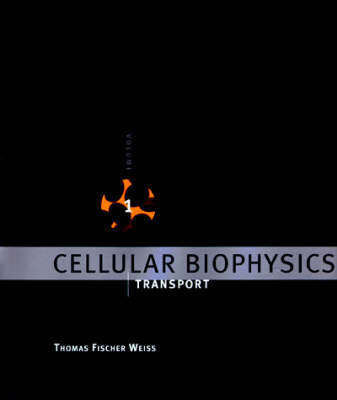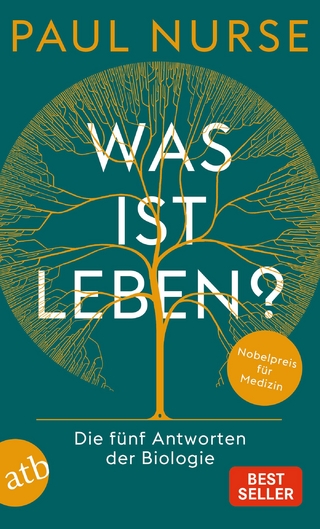
Cellular Biophysics
MIT Press (Verlag)
978-0-262-23183-1 (ISBN)
- Titel ist leider vergriffen;
keine Neuauflage - Artikel merken
Cellular Biophysics is a quantitatively oriented basic physiology text for senior undergraduate and graduate students in bioengineering, biophysics, physiology, and neuroscience programs. It will also serve as a major reference work for biophysicists.Developed from the author's notes for a course that he has taught at MIT for many years, these books provide a clear and logical explanation of the foundations of cell biophysics, teaching transport and the electrical properties of cells from a combined biological, physical, and engineering viewpoint.Each volume contains introductory chapters that motivate the material and present it in a broad historical context. Important experimental results and methods are described. Theories are derived almost always from first principles so that students develop an understanding of not only the predictions of the theory but also its limitations. Theoretical results are compared carefully with experimental findings and new results appear throughout. There are many time-tested exercises and problems as well as extensive lists of references.The volume on transport is unique in that no other text on this important topic develops it clearly and systematically at the student level.
It explains all the principal mechanisms by which matter is transported across cellular membranes and describes the homeostatic mechanisms that allow cells to maintain their concentrations of solutes, their volume, and the potential across the membrane. Chapters are organized by individual transport mechanisms -- diffusion, osmosis, coupled solute and solvent transport, carrier-mediated transport, and ion transport (both passive and active). A final chapter discusses the interplay of all these mechanisms in cellular homeostasis.
Units, physical constants, and symbols. Part 1 Introduction to electrical properties of cells: a brief historical perspective; cellular electric potentials; mechanisms of generation of membrane potentials; role of electric potentials in information coding; the marvellous giant axon of the squid. Part 2 Lumped-parameter and distributed-parameter models of cells: electrical variables; electrically small cells; electrically large cells - the core conductor model; summary - a comparison of small and large cells. Part 3 Linear electrical properties of cells: elec-trical properties of cellular membranes; electrically small cells; electrically large cells - the cable model; summary - a comparison of small and large cells. Part 4 The Hodgkin-Huxley model: revelation of ionic mechanisms by the voltage-clamp technique; synthesis of the Hodgkin-Huxley model; explanation of the electrical excitability of the giant axon of the squid; appendices: properties of nonlinear, time-varying conductors; passive, nonlinear, time-invariant con-ductors; passive, non-linear, time-varying conductors. Part 5 Saltatory conduction in myelinated nerve fibres: structure of myelinated nerve fibres; physiological evidence for saltatory conduction; electrical properties of myelinated nerve fibres; model of saltatory conduction in myelinated nerve fibres; conduction velocity of myelinated nerve fibres; causes of saltatory conduction. Part 6 Voltage-gated ion channels: historical perspective; macroscopic ionic currents; gating currents; ionic currents in single channels; model of a voltage-gated channel with one two-state molecular gate; models of multiple-state channels; voltage-gated ion channel macromolecules; appendices: Markov process models of single channels; specific channel kinetic schemes.
| Erscheint lt. Verlag | 3.5.1996 |
|---|---|
| Reihe/Serie | Bradford Books |
| Zusatzinfo | 358 |
| Verlagsort | Cambridge, Mass. |
| Sprache | englisch |
| Maße | 203 x 229 mm |
| Gewicht | 1475 g |
| Themenwelt | Naturwissenschaften ► Biologie ► Zellbiologie |
| Naturwissenschaften ► Physik / Astronomie ► Angewandte Physik | |
| ISBN-10 | 0-262-23183-2 / 0262231832 |
| ISBN-13 | 978-0-262-23183-1 / 9780262231831 |
| Zustand | Neuware |
| Informationen gemäß Produktsicherheitsverordnung (GPSR) | |
| Haben Sie eine Frage zum Produkt? |
aus dem Bereich


